Revolutionizing Home Safety: The Ultimate Guide to Security Door Access Systems
In an era where safety concerns are on the rise, the implementation of a robust Security Door Access System has become a crucial component for homes and businesses alike. According to recent industry reports, properties equipped with advanced security access solutions experience a significant 30% reduction in unauthorized entries compared to those without these systems. As technology continues to evolve, homeowners are increasingly seeking innovative ways to bolster their security measures, propelling the demand for smart access systems.
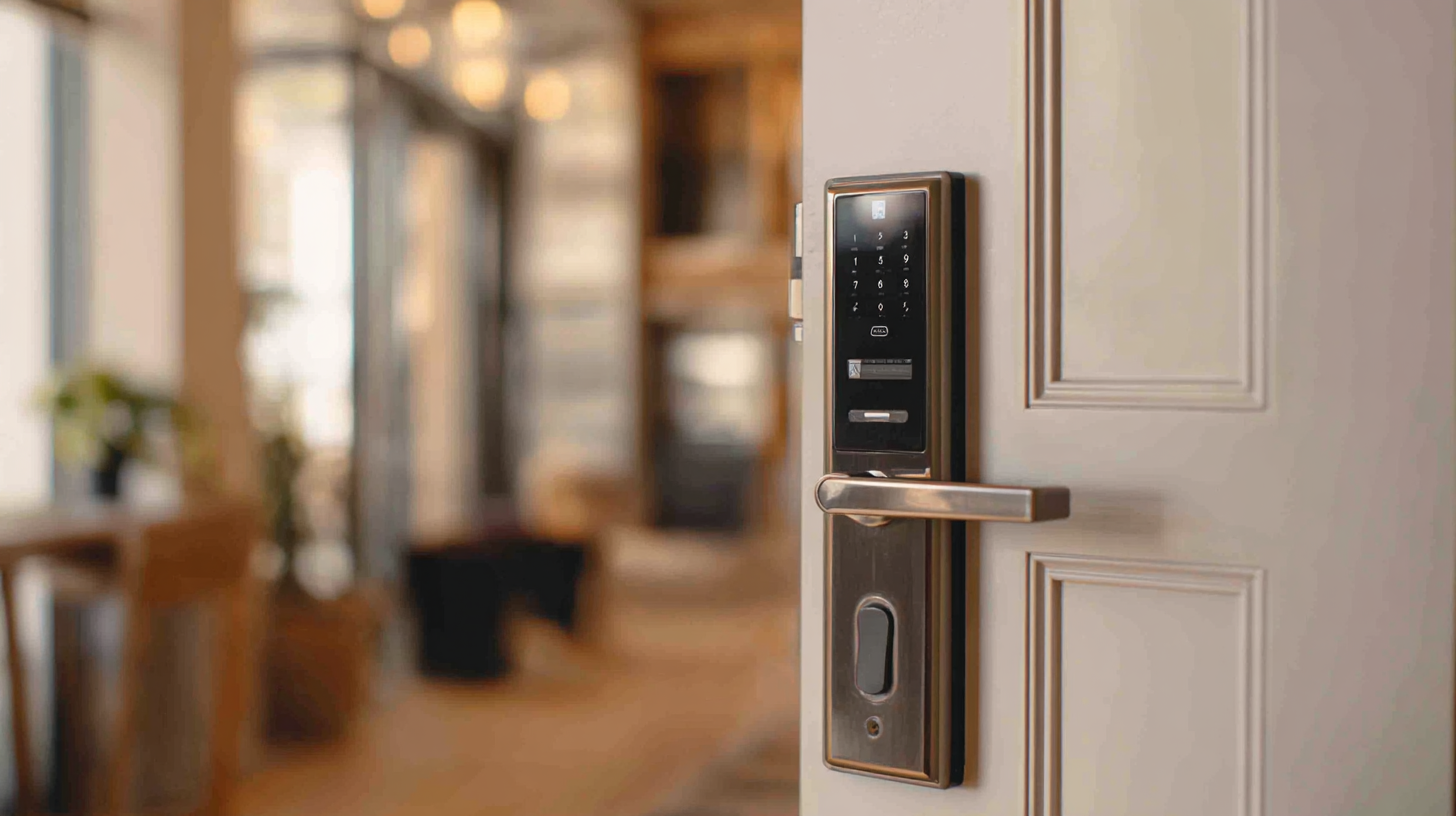
As more than 60% of residential burglaries occur through the front door, integrating a reliable Security Door Access System not only enhances safety but also offers peace of mind. This ultimate guide aims to navigate the complexities of security technology, ensuring you make informed decisions to protect your home effectively.
Understanding Home Security: The Impact of Security Door Access Systems on Crime Rates
The implementation of security door access systems has a profound impact on reducing crime rates in residential areas. According to a study by the Bureau of Justice Statistics, homes equipped with advanced security systems are 300% less likely to be burglarized compared to those without. This dramatic decrease underscores the role that technology plays in fortifying home safety and deterring potential criminals. Security access systems not only alert homeowners to unauthorized entry attempts but also provide law enforcement with vital real-time data to respond more effectively.
Moreover, a report from the Electronic Security Association highlights that neighborhoods with a high prevalence of security door access systems see a 25% decrease in property crime rates over five years. The psychological deterrent that these systems create is significant; most intruders are discouraged from targeting homes with visible security measures. Additionally, the integration of smart technologies allows homeowners to monitor their properties remotely, further enhancing their security and peace of mind. This demonstrates that investing in security door access systems is not just about technology; it’s about creating a safer community overall.
Revolutionizing Home Safety: The Ultimate Guide to Security Door Access Systems
| Security Door Access System Type | Crime Rate Reduction (%) | Average Installation Cost ($) | User Satisfaction Rating (1-10) | Maintenance Frequency (per year) |
|---|---|---|---|---|
| Smart Lock Systems | 35% | 250 | 9 | 1 |
| Biometric Access Systems | 45% | 600 | 8 | 2 |
| Keypad Entry Systems | 30% | 150 | 7 | 1 |
| RFID Access Systems | 25% | 300 | 6 | 3 |
| Traditional Lock Systems | 15% | 50 | 5 | 1 |
Key Features of Modern Security Door Access Systems: A Data-Driven Overview
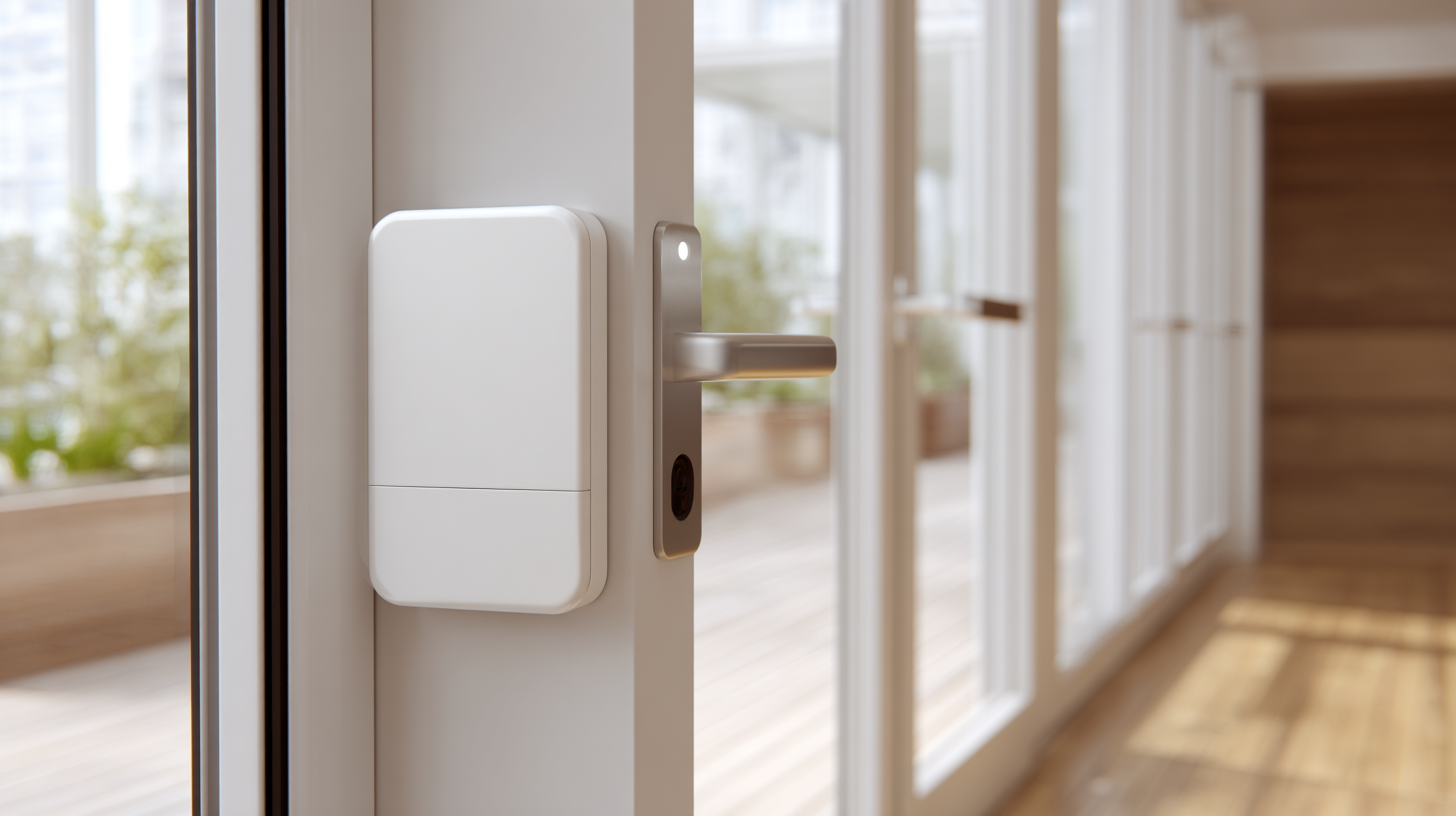 Modern security door access systems have emerged as vital components in enhancing home safety, leveraging advanced technologies to ensure comprehensive protection. One of the key features of these systems is their integration with artificial intelligence (AI), which allows for real-time monitoring and analysis of security threats. AI-driven systems can learn from patterns in access behavior, enabling them to recognize unusual activities and alert homeowners promptly. This capability is particularly crucial in a landscape where cyber threats are increasingly prevalent, akin to the implications seen in modern hybrid cognitive warfare.
Modern security door access systems have emerged as vital components in enhancing home safety, leveraging advanced technologies to ensure comprehensive protection. One of the key features of these systems is their integration with artificial intelligence (AI), which allows for real-time monitoring and analysis of security threats. AI-driven systems can learn from patterns in access behavior, enabling them to recognize unusual activities and alert homeowners promptly. This capability is particularly crucial in a landscape where cyber threats are increasingly prevalent, akin to the implications seen in modern hybrid cognitive warfare.
Furthermore, the adaptability and flexibility of these security systems are paramount. They often utilize a range of access methods, including biometrics, mobile applications, and traditional keypads, catering to the diverse needs of users. The emphasis on a cohesive and user-friendly interface facilitates seamless interaction, ensuring that individuals can manage their access securely without technical barriers. As these systems continue to evolve, they mirror the ongoing advancements seen in military communication systems, wherein innovation drives efficiency and security, ultimately revolutionizing how we approach home safety.
Comparative Analysis: Traditional Locks vs. Digital Access Systems in Home Security
When it comes to home security, the choice between traditional locks and digital access systems is critical. A 2021 study from the Security Industry Association found that 45% of homeowners now prefer smart locks over conventional locking mechanisms due to their enhanced features, such as remote access and keyless entry. Traditional locks, while reliable, often lack the adaptability and advanced technology that many digital systems offer. They can be vulnerable to picking and bumping, which poses a significant risk for many homeowners.
**Tip:** When considering upgrading to a digital access system, ensure you choose one with robust encryption to safeguard against hacking. Look for systems that offer two-factor authentication for an added layer of security.
Digital access systems not only provide convenience but also integration capabilities with home automation systems. According to the 2022 Home Security Report, homes equipped with smart locks experienced a 30% decrease in unauthorized entries compared to those with traditional locks. These systems allow homeowners to monitor access through their smartphones, granting or denying entry in real-time, which is invaluable for managing visitors or service personnel.
**Tip:** Always keep your smart lock software updated to protect against vulnerabilities, and consider integrating it with a home security camera for comprehensive monitoring capabilities.
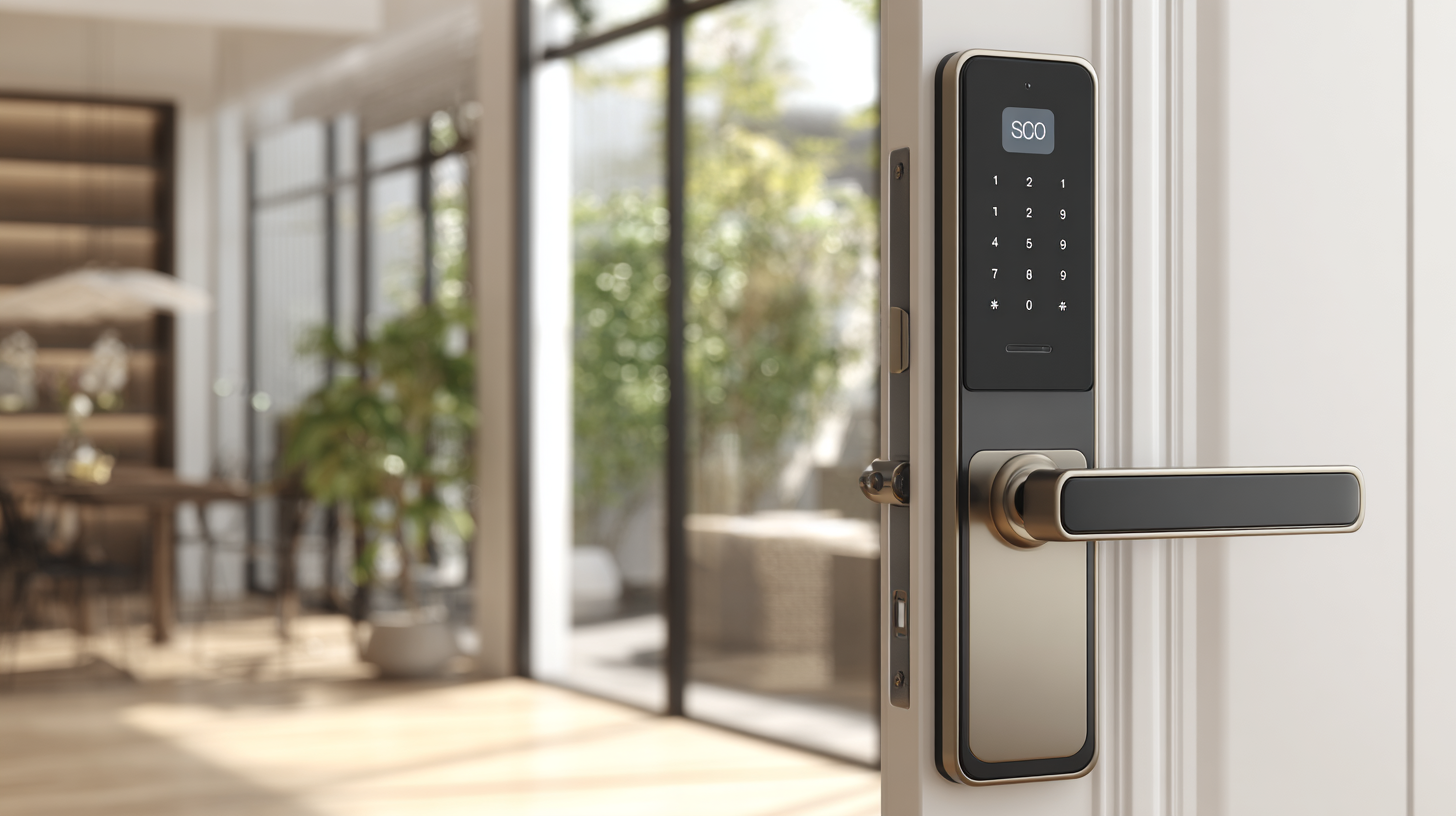
User Adoption Trends: Statistics on Smart Door Systems in Residential Properties
In recent years, the adoption of smart door systems in residential properties has witnessed significant growth, driven by a rising demand for enhanced security and convenience. Statistics show that over 50% of homeowners have expressed interest in upgrading to smart door access systems, influenced by the increasing prevalence of smart home technology. With features such as remote access, video monitoring, and keyless entry, these systems provide users with a sense of control and peace of mind regarding their home security.
Furthermore, user adoption trends indicate a marked preference for solutions that offer integration with existing smart home ecosystems. Approximately 65% of new smart door system users report that compatibility with devices like smart speakers, cameras, and alarms played a crucial role in their decision-making process. As the functionality of these systems continues to evolve, encompassing advanced features like facial recognition and mobile alerts, it is expected that their popularity will only rise further, transforming the landscape of home safety and security.
Enhancing Home Safety: Best Practices and Tips for Implementing Security Access Solutions
When it comes to enhancing home safety, security door access systems play a critical role. By implementing these systems, homeowners can significantly reduce the risk of unauthorized entry and ensure their families feel secure. One of the best practices is to choose the right access solution based on your specific needs—whether it’s a keypad, biometric scanner, or smart lock. Each option comes with its own set of features that can cater to different lifestyles and security requirements.
Tips for implementation:
- Regularly update passwords and access codes to prevent any potential breaches. Ensure that family members know the importance of keeping these codes confidential.
- Invest in a system that integrates with your home automation setup. This allows for remote monitoring and control, giving you peace of mind, even when you're away.
- Consider adding surveillance cameras in conjunction with access systems to enhance security. Visible cameras can act as a deterrent, while recorded footage can be invaluable for safety reviews.
By carefully evaluating your needs and following these simple yet effective tips, you can create a robust security environment that effectively protects your home and loved ones.
Related Posts
-
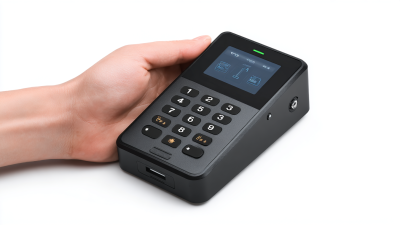
How to Choose the Right Access Control Card Reader Based on Security Trends and User Needs
-
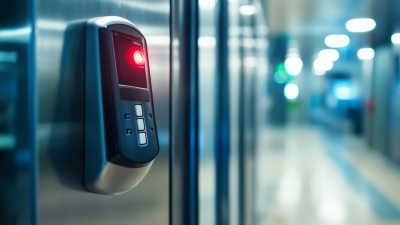
Ultimate Guide to Selecting the Best Access Control Panel for Your Security Needs
-

Navigating Import Export Certifications for the Best Access Control Locks Explained
-

Top Strategies for Optimizing Access Control Equipment Performance
-
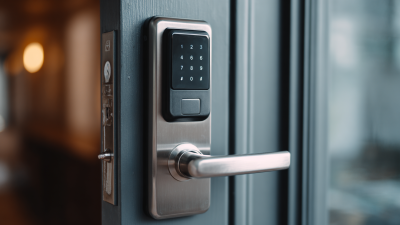
How to Enhance Security with a Door Access Control System in Your Business
-

Unlocking Market Opportunities for Access Systems at the 138th Canton Fair 2025 in China
- • HighpowerOne Touchscreen Controller • HighpowerOne Mobile Credential App
- Highpower Management System
- • Pushplate 100 PNZ
- • Pushplate 110 PNZ
- • Pushplate 120/140 PNZ
- • Pushplate 130/150 PNZ
- • Pushplate 200 PNZ
- • Pushplate 100
- • Pushplate 110
- • Pushplate 120/140
- • Pushplate 130/150
- • Pushplate 200
Mechanical Timers
Proximity ID Access Cards and Fobs
Proximity Card Readers
- • Proximity Reader P-300
- • Proximity Reader P-400
- • Proximity Reader P-500
- • Proximity Reader P-620
- • Proximity Reader P-640
- • Proximity Reader P-710
- • Proximity Reader P-900
- • Ranger Proximity Readers
- • Ranger Controls
- • Sure-Fi Wireless Interfaces
Smart Series JX Readers
Electromagnetic Locks
Highpower Power Supplies
• H505
• H512
Security Products Summary
